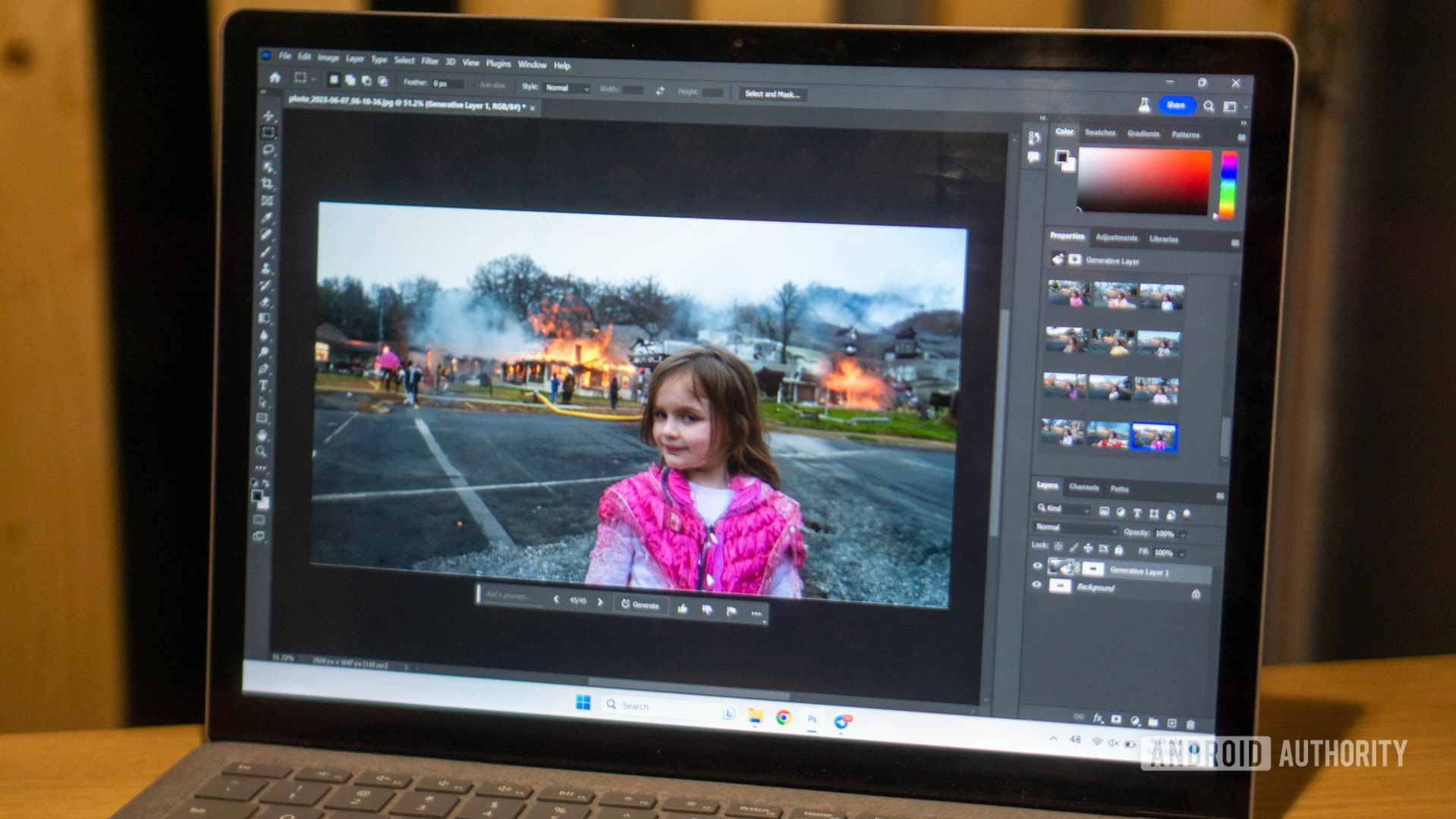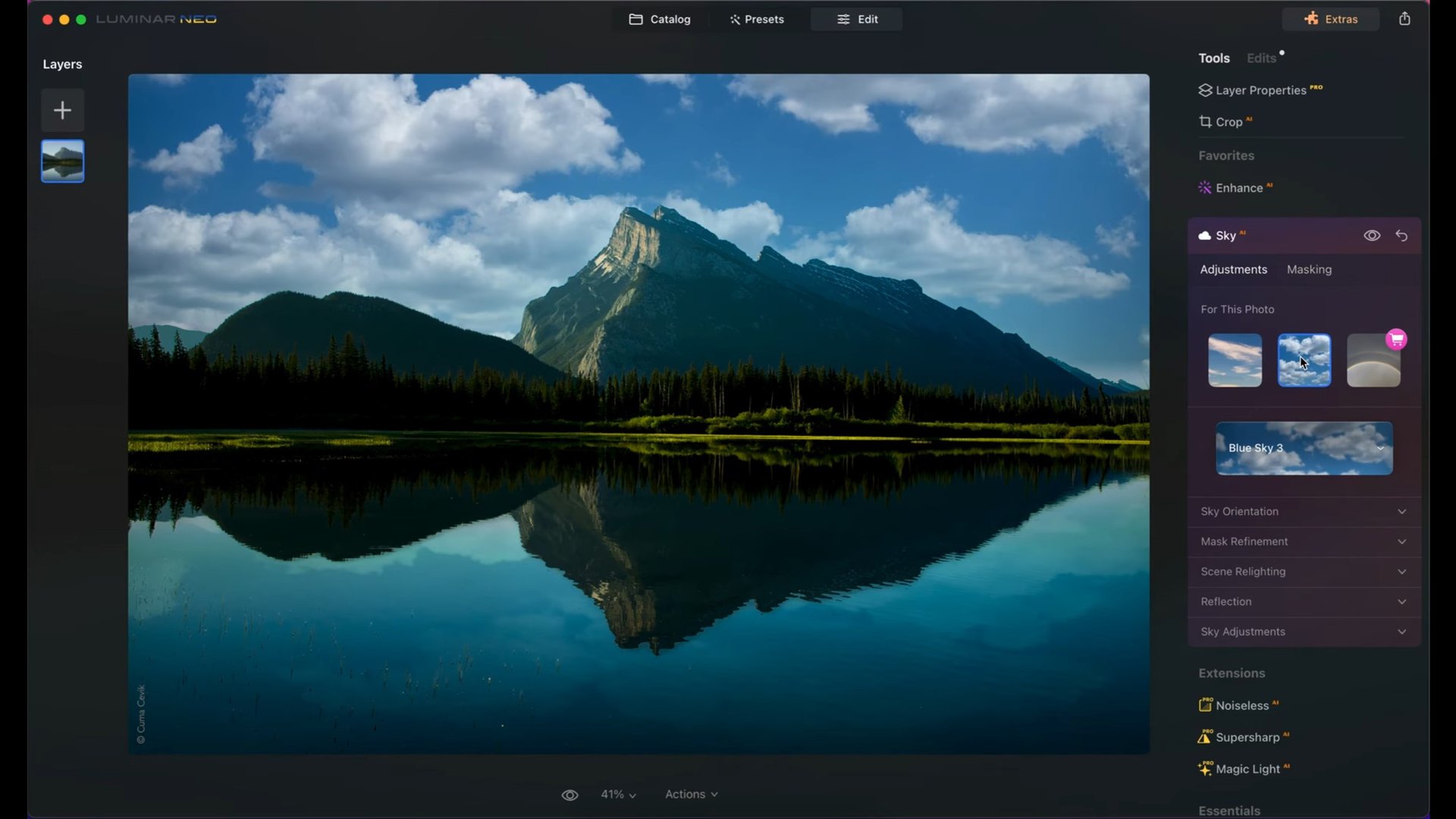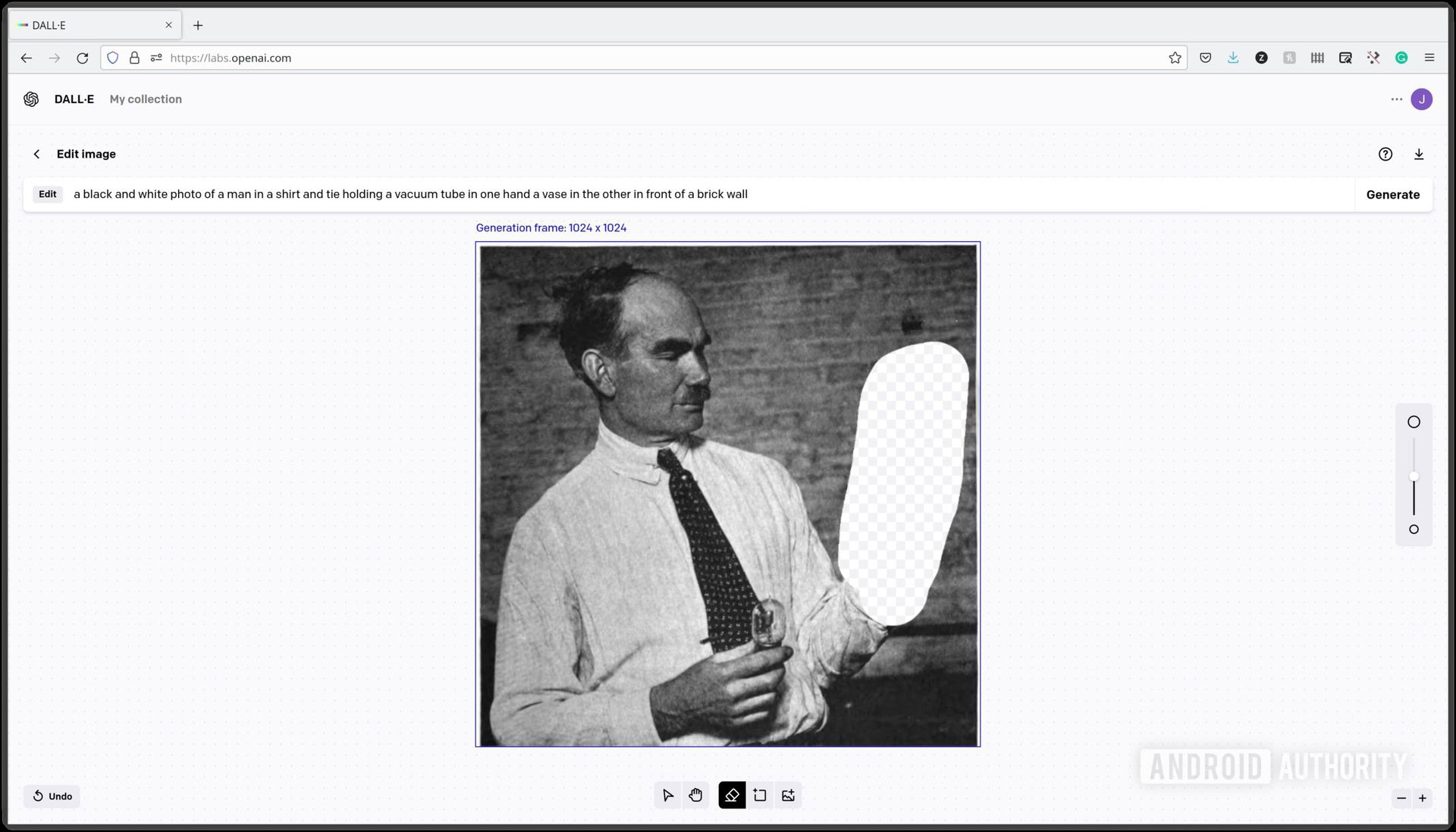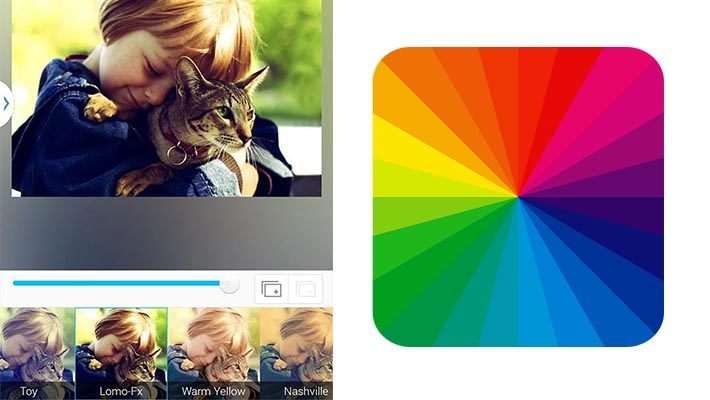
Calvin Wankhede / Android Authority
With modern AI tools, virtually no creative task seems out of reach for computers anymore. We’ve already talked about AI image generators, for example, which can convert a few words into beautiful pieces of art. And it didn’t take long for companies to marry the idea of AI processing with existing images or photos. While not as complex as videos, manual image editing is still a fairly time-consuming process, especially if you need to fix blemishes, retouch faces, and remove unwanted elements. So in this post, let’s take a look at a few AI photo editors that can make your photography look its absolute best.
Photoshop Generative Fill: The most powerful AI photo editor

Calvin Wankhede / Android Authority
When you think about image editing or manipulation, chances are that Photoshop is the first app to jump to your mind. So it’s only fitting that it’s also home to one of the best AI editing features you’ll find on the market today. Aptly named Generative Fill, the feature relies on Adobe’s own in-house Firefly model. If you’ve already used Photoshop extensively in the past, you may be aware of Content-Aware Fill — a feature that lets you remove objects from your canvas.
Photoshop Generative Fill goes one step further, allowing you to remove objects with much greater precision thanks to the underlying AI model. It’s also capable of adding new objects, replacing backgrounds with brand new ones, and a lot more. We’ve even tested Photoshop Generative Fill vs Google Photos’ Magic Eraser and found that the former does a lot better. What’s more, you can type in a text prompt to make Photoshop’s AI edit your images exactly how you want.
If you already have a Creative Cloud subscription to use Photoshop, you don’t have to pay anything extra for Generative Fill.
Luminar Neo

Even though Photoshop is one of the most powerful image editing programs out there, it’s definitely not easy to use. So if that’s a priority for you, consider Luminar Neo instead. It retains most of the essential features you’d expect from a typical photo editing software and packages it in a beautiful and intuitive interface.
Luminar Neo packs a ton of AI features such as Relight to brighten up darker subjects, background removal, portrait bokeh, and even an assisted cropping tool to help you achieve the best composition. It doesn’t have the same in-depth cataloging system as Adobe’s products, but that’s an acceptable compromise. Luminar Neo will also soon get generative AI features to add new objects, expand existing images, and more. This should bring it on par with the competition, especially Photoshop.
Midjourney and DALL-E 2

Zak Khan / Android Authority
The definition of photo editing can vary wildly, so these recommendations only apply if you’re looking to entirely remix your images. Midjourney and DALL-E 2 are not editing programs, but instead AI generators that primarily convert text to images. However, they both also pack editing features known as inpainting and outpainting to alter existing pictures. The idea is simple: you enter a prompt that tells the service how you wish to alter the image. Inpainting makes changes within an image, while outpainting will extend the image past its original boundaries
In the above screenshot, for example, you can see how we asked DALL-E 2 to replace a vacuum tube in the image to a vase. Here’s the before and after:
It’s not a perfect result, but luckily, you can do a lot better with rival AI image generators like Midjourney and Stable Diffusion. The only downside is that these services don’t have intuitive user interfaces, so read up on our guides before getting started.
Topaz Photo AI
We’re returning to dedicated photo editing programs with Topaz Photo AI, which is a relative newcomer to the space. However, the company has also developed a number of other AI-based tools that have become very popular in the creative industry. For example, Topaz’s Gigapixel AI is regarded as one of the best options to upscale or enlarge images without sacrificing quality.
Topaz Photo AI doesn’t complicate things too much as it only has a handful of core features that are all directly related to enhancing your images rather than changing them entirely. While Topaz AI gives you a handful of AI-assisted retouching features, you’ll still need another full-fledged editor like Lightroom in your arsenal.
That said, Topaz Photo AI works wonders if you’re looking for a tool to upscale, denoise, and sharpen moving objects. It will also gain the ability to remove objects in the near future.
Fotor and Lensa: Free AI photo editor apps for mobile

All of the other AI image editors on this list require either a powerful computer or an internet connection. This is because AI processing of any kind (even text-based chatbots like ChatGPT) requires lots of computing power. But if you don’t need absolute perfection, we can still recommend a couple of AI photo editing apps you can download right to your smartphone.
Fotor is a cross-platform image editing app that has been around for a decade at this point. It recently also gained a bunch of AI features that range from basics like background removal to fun ones like cartoon-izer. It also has a built-in free image generator, which you can use to conjure up pictures using just text.
Lensa, meanwhile, resembles a traditional photo editor with a few AI-powered additions like sky replacement and custom “magic” avatars. It’s a great choice if you’re looking for a robust image editor on mobile that also has the ability to remove distractions and retouch your images with a single tap.



